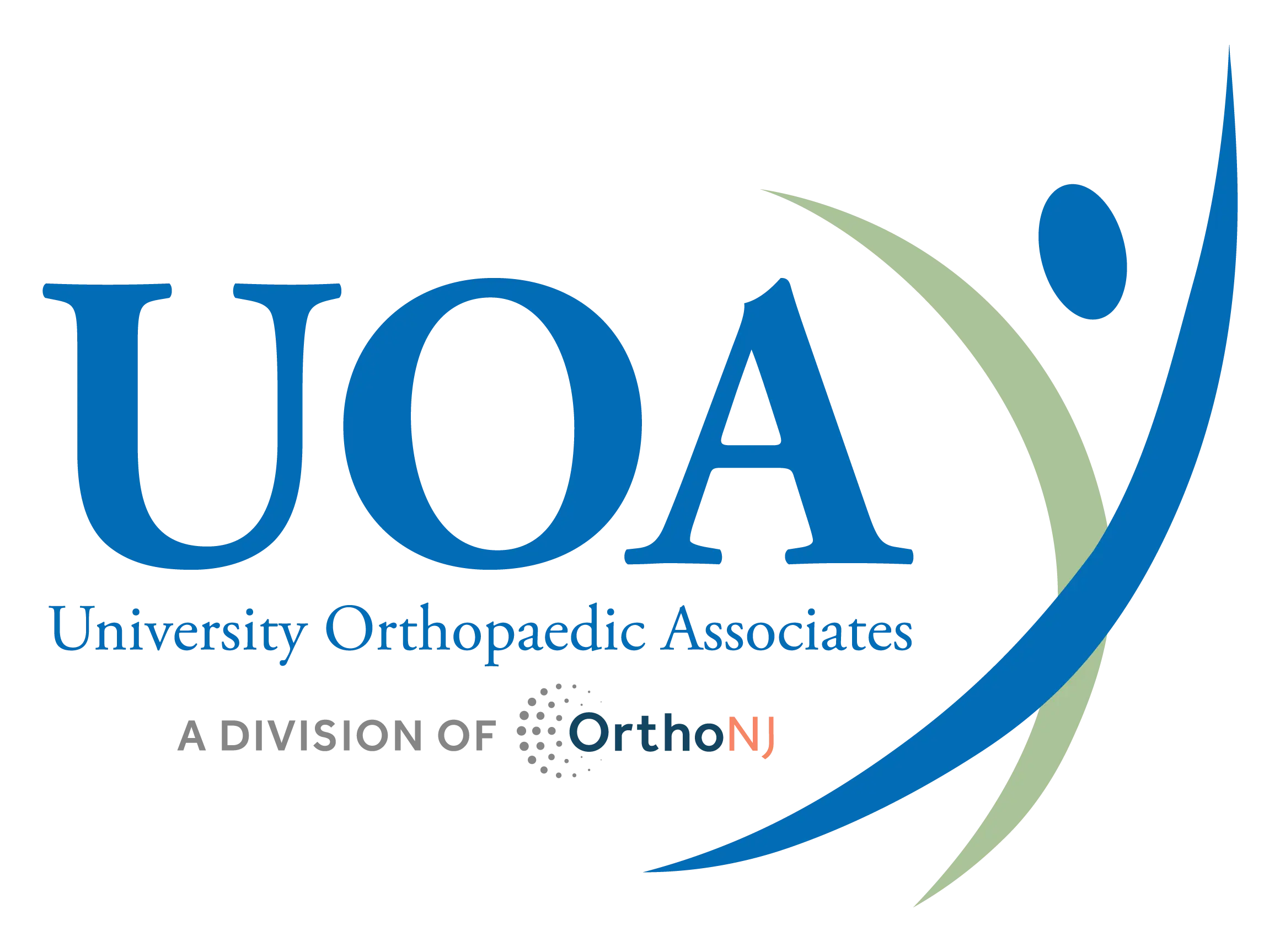Glenohumeral arthritis, a joint condition also known as shoulder arthritis, usually develops slowly over time and can lead to severe shoulder pain that may limit your ability to perform and enjoy daily activities. Fortunately, it can be effectively treated with a wide range of surgical and nonsurgical interventions.
Here’s more about the symptoms and causes of glenohumeral arthritis and how to request an appointment with University Orthopaedic Associates if you need treatment for this condition.
What Is Glenohumeral Arthritis?
Glenohumeral arthritis is arthritis that affects the shoulder, which encompasses the upper arm bone (humerus), shoulder blade (scapula) and collarbone (clavicle). Arthritis can affect one or both joints in the shoulder: the acromioclavicular (AC) joint and/or the glenohumeral joint.
There are five types of shoulder arthritis:
- Osteoarthritis, which is degeneration, or wear and tear of the shoulder joints.
- Rheumatoid arthritis, which is inflammatory arthritis that causes the immune system to mistakenly attack healthy tissues.
- Posttraumatic arthritis, which typically develops after an injury such as a fracture.
- Rotator cuff tear arthropathy, which is arthritis that develops following a large and long-standing rotator cuff tendon tear.
- Avascular necrosis, which is arthritis that occurs when blood flow to the head of the humerus is disrupted.
There is no definitive cure for glenohumeral arthritis, but treatment has the potential to make this condition far less painful and more manageable so you can stay active and enjoy your favorite activities.
Symptoms
Shoulder pain is the most common and prominent symptom of glenohumeral arthritis. Pain usually worsens with time and during activities involving the affected shoulder joint.
Other symptoms of glenohumeral arthritis include:
- Difficulty sleeping due to night pain
- Limited range of motion, especially when reaching up high
- Stiffness in the shoulder
- Loud grinding, clicking or snapping sounds when moving the shoulder, known as crepitus
Causes
Glenohumeral arthritis has several potential root causes. The most common cause of shoulder arthritis is wear and tear of the articular cartilage that covers and protects the shoulder joints. This form of shoulder arthritis (osteoarthritis) affects between 16% and 20% of adults in the U.S. aged 65 and older.
Other causes of shoulder arthritis include:
- Autoimmune disease (with rheumatoid arthritis), in which the immune system attacks the joint and joint lining to trigger inflammation, swelling and cartilage damage
- Injury or trauma to the bones of the shoulder, such as fracture or dislocation
- Rotator cuff tears
- Disrupted blood flow to the humeral head due to trauma, sickle cell disease, heavy alcohol use or high-dose steroid use
Treatments for Shoulder Arthritis
First-line treatments for glenohumeral arthritis typically include rest, ice, heat and physical therapy. Shoulder exercises may help improve strength, function and range of motion in the shoulder.
Medications may also be used alone or in combination with the above lifestyle and home-based remedies. Over-the-counter pain relievers, including acetaminophen, ibuprofen or naproxen, may help reduce mild pain and inflammation of shoulder arthritis. Corticosteroid injections in the shoulder may also be given on a short-term basis to reduce pain and inflammation.
Glenohumeral arthritis can be treated using one of several surgical interventions. Surgery may be recommended in cases where your condition is severely debilitating and does not respond to other treatments.
Arthroscopy
Arthroscopy is a minimally invasive procedure in which a surgeon makes a tiny incision in the shoulder joint and uses small surgical tools to remove damaged tissues and bone. This surgery is typically recommended for mild shoulder arthritis.
Arthroplasty
Also known as shoulder joint replacement, arthroplasty involves removing damaged parts of the shoulder and replacing them with artificial components. A type of arthroplasty called hemiarthroplasty involves replacing the humeral head, while total shoulder arthroplasty involves replacing both the humeral head and the glenoid. Reverse total shoulder arthroplasty is an option for rotator cuff tear arthropathy.
Distal Clavicle Resection
This procedure is typically used to treat arthritis affecting the AC joint. It involves removing a small portion of bone from the collarbone that is then gradually filled with scar tissue.
If you’re not sure which treatment is right for you, an orthpaedic surgeon can examine your shoulder and recommend the best option.
University Orthopaedic Associates offers a full range of orthopaedic services, including treatment for the hand and upper extremities. If you have shoulder arthritis, contact the hand and upper extremity surgeons at UOA at (732) 537-0909 to request an appointment and learn more about your treatment options.




